Healthcare
Data analytics and data science are applicable and accessible to practically every area of the healthcare field.
Healthcare analytics save the healthcare industry some $300 billion on an annual basis, and some estimate that as much as 30% of the world’s data concerns healthcare.
So what are the most prevalent use cases for this sort of data-oriented insight generation in healthcare? This article will go over some of these cases, regardless of whether you’re well-versed in the world of data or not.

Internal Organization Metrics
Probably the most popular use case that we work with is analyzing data internal to the organization that can help improve the business. Here are some examples, but keep in mind that any type of healthcare organization could use data for any of these scenarios:
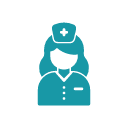
In-Home Nursing Company – HR Data
Many companies that offer in-home providers need to track critical metrics like provider hours, visits, and other key information about the care and services rendered. Boxplot has received such requests and we can help these companies not only collect data into a centralized location, such as a data warehouse, but also analyze the data. Especially if your organization has multiple offices or covers a large geographic area, these types of analyses, reports, and dashboards can be tremendously helpful in reducing waste, cutting costs, and more effectively managing employees.
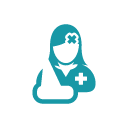
Hospitals & Care Centers – Patient Data
Hospitals and care centers collect mounds of data on patients – what they came in for, how they were treated, time to recovery, outcomes, procedures, and more. It can be invaluable to understand patterns in this kind of data. In the past Boxplot has been asked to extract data from healthcare systems, pull it into a centralized database, and then create reports and dashboards from the data that can be used for describing patient outcomes, service times, areas of improvement for procedures and more.
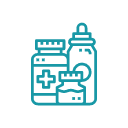
Medical Supplies – Marketing
Medical supply companies can use data on their existing customers, as well as external databases, to get valuable insights. Targeting customers is a popular outcome – this usually involves combining internal and external data to predict which prospects are likely to become customers. Improve marketing campaigns and better understanding your current customers and audience are also common and desirable outcomes of marketing analytics for healthcare firms.
Predictive Diagnostics
Unfortunately, in today’s world, medicine is still a largely reactive endeavor. In other words, the role of a physician is to respond correctly to already-existing medical conditions experienced by their patients.
But what if there were a way to effectively predict these conditions a week, a month, or even a year ahead of time? This is the essence of predictive diagnostics.
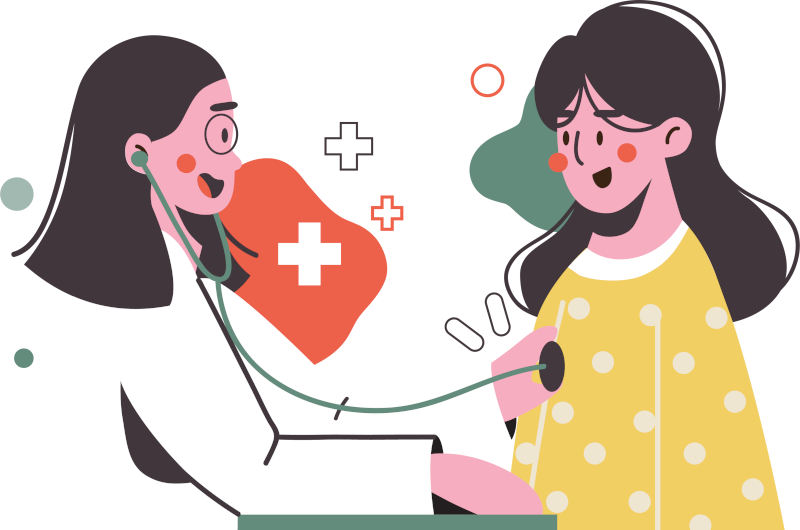
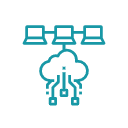
Data scientists employ a type of computer programming called machine learning to build this sort of predictive algorithm.

Machine learning refers to the process of teaching a computer how to identify, and extrapolate upon, patterns in data- which is often a more reliable means of predicting events than pure intuition.
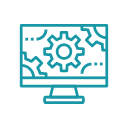
Data-savvy healthcare professionals can leverage the massive amount of available diagnostics data to try to predict patients’ future diagnoses.
In fact, this lack of bias is the reason why healthcare analytics is so valuable to begin with; a single physician can only gain so much experience during their career, and this leaves them vulnerable to “cherry-picking” bias towards their own experiences. Instead, we can use large datasets to make sure our sample is as accurate a reflection of the overall population as possible.
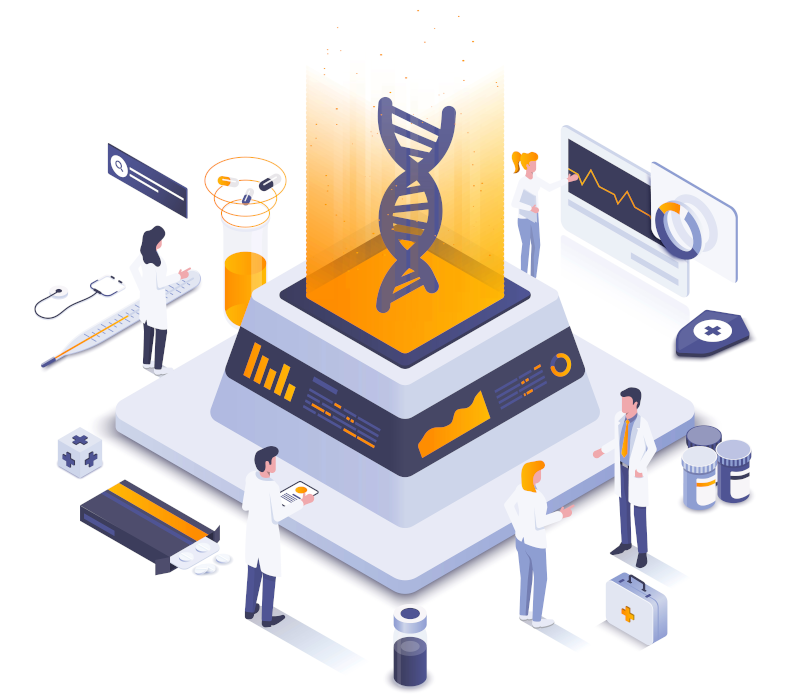
Healthcare Technology
Boxplot has also been approached by Healthcare Tech firms that want to use data to revolutionize the field. For example, there are startups that desire to use data analytics and machine learning to direct patients to particular providers in their geographic area who tend who produce better outcomes.
Say a patient needs a particular surgery – it is in the best interest of the patient as well as the company paying for that patient’s healthcare for the patient to choose a physician that has a high success rate for that surgery, or whose patients generally have better long-term outcomes post-surgery.
Boxplot can assist with writing algorithms that can take all of these variables into account and output the best provider for a given scenario.
COVID-19
Here’s an especially pertinent application of healthcare data in today’s world: effective data science is a central pillar of any competent COVID-19 prevention strategy.

At the forefront of this effort is cutting-edge predictive analytics that can identify future coronavirus outbreak hotspots ahead of time; enough data on past outbreaks now exist to make the machine learning needed for this sort of analysis possible.
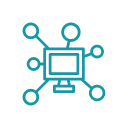
Government agencies such as the CDC recognize how powerful and effective analytics-based COVID-19 prediction strategies can be, which is one of the reasons these agencies have made machine learning a focus of their response to the pandemic.
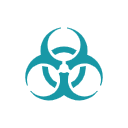
Applications of data science in COVID-19 prevention are not limited to predictions of future spread and virus hotspots, however; there are lots of other use cases for data in our response to the pandemic.
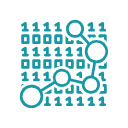
For example, Cleveland Clinic researchers developed a machine learning-based model to predict the severity of symptoms in patients that have just tested positive for COVID-19. And the genetic sequencing of the virus, which aided greatly in the development of COVID-19 vaccines, would have been impossible without machine learning.
Your Organization’s Data Strategy
If you’re a healthcare organization looking utilize data more in your operations, you’re not alone; your industry is quickly coming to recognize the benefits of data science and analytics. Boxplot can help your organization utilize data to gain critical insights and make smarter decisions. Contact us today for a quote.
Get Help with Data Analytics

